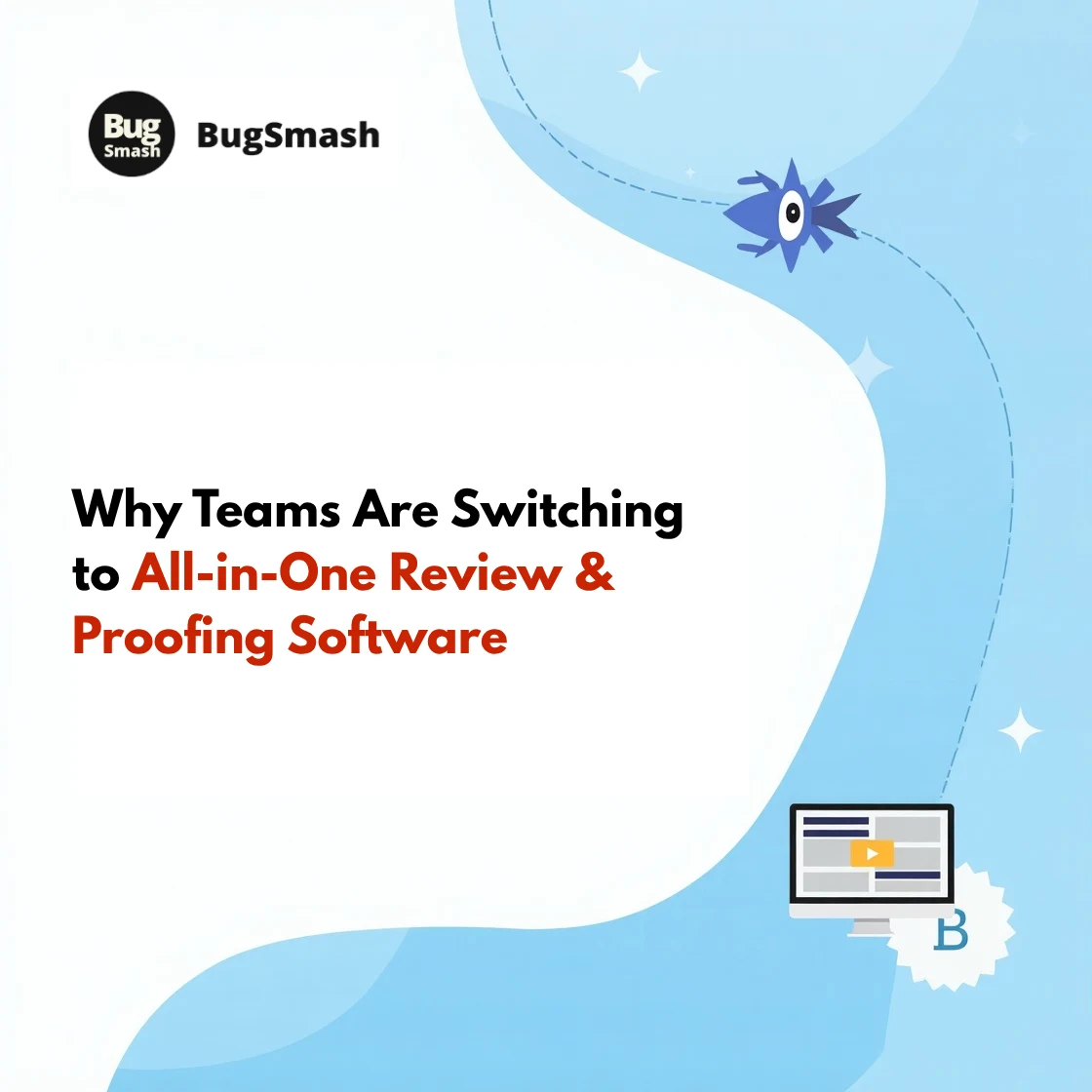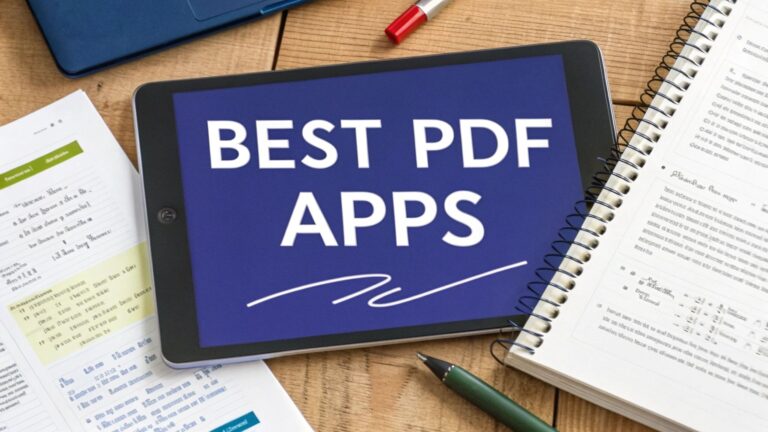In today’s fast-moving digital workplace, teams are constantly under pressure to deliver faster, with fewer mistakes and more stakeholder input. But when feedback is scattered across emails, Slack messages, Google Docs comments, and endless Zoom calls, things get messy fast. That’s exactly why many high-performing teams are ditching patchwork tools and embracing all-in-one proofing software.
This shift isn’t just a trend — it’s a strategic move to cut through noise, improve collaboration, and speed up approvals. Let’s break down why this transition is happening and what your team might be missing if you’re not on board yet.
The Problem With Disconnected Feedback Loops
Most teams still rely on multiple tools for reviews — PDFs over email, comments on documents, annotated screenshots, or worse, verbal notes from meetings.
Here’s what that leads to:
- Missed feedback due to scattered channels
- Version confusion from parallel edits
- Delays in approvals as teams struggle to align
- No audit trail of who said what, and when
These inefficiencies waste time, lead to avoidable errors, and stretch deadlines. For creative, product, design, marketing, and dev teams, the cost is more than just frustration — it’s lost momentum.
What Is All-in-One Proofing Software?
All-in-one proofing software centralizes the entire review cycle — from collecting feedback to final approval — into a single platform.
Instead of switching between tools, teams can:
- Upload design files, documents, videos, or web pages
- Annotate directly on content
- Assign reviewers and track their feedback
- Compare versions and view change history
- Approve work with clear, auditable logs
This streamlined workflow drastically reduces friction and keeps everyone on the same page — literally.
Why Teams Are Making the Switch
Let’s look at the major reasons why teams are ditching traditional review methods in favor of integrated proofing platforms:
1. Faster Feedback, Fewer Delays
Traditional feedback loops are slow and inconsistent. Proofing software gives real-time input, inline comments, and instant notifications — speeding up the entire cycle.
2. One Source of Truth
Forget searching through threads and version folders. All-in-one tools provide a centralized hub, reducing the chaos and giving every stakeholder visibility into the current state of work.
3. Built-In Collaboration
Proofing tools don’t just capture feedback — they create space for conversations. Multiple reviewers can comment, respond, and resolve issues within the same interface.
4. Improved Accountability
With timestamped feedback and approval logs, everyone knows who signed off — no more blaming the process or “missing emails.”
5. Supports Multiple File Types
From PDFs and MP4s to HTML and design prototypes — robust platforms support diverse content formats, making them ideal for cross-functional teams.
Quick Comparison: Traditional vs. All-in-One Proofing Workflow
| Feature/Function | Traditional Tools | All-in-One Proofing Software |
|---|---|---|
| Feedback channels | Email, chat, docs, calls | Centralized & in-context |
| Version control | Manual tracking, confusing | Automatic with comparison view |
| File compatibility | Limited or format-specific | Multi-format (PDF, video, web) |
| Approval tracking | Manual or unclear | Built-in, time-stamped logs |
| Collaboration speed | Slow, fragmented | Real-time, streamlined |
| Reviewer accountability | Easily lost or ignored | Clear visibility & audit trails |
Industries Benefiting the Most
While nearly any team can benefit, the biggest adopters include:
- Creative agencies – handling client feedback with less friction
- Marketing teams – improving campaign review cycles
- Product teams – ensuring UI/UX elements are validated before release
- Designers – making precise changes with contextual input
- QA & dev teams – validating functionality and design in tandem
Marketing teams, product teams, QA & development teams are leading the shift — but any team dealing with frequent reviews can benefit just as much.
What To Look for in Proofing Software
Not all tools are created equal. Here’s what high-performing teams prioritize:
- ⚡ Real-time collaboration
- 🔄 Version comparison tools
- 🔔 Automated notifications & reminders
- 🧩 Integrations with Slack, Jira, or project management tools
- 📱 Mobile-friendly interface
- 🛠️ Support for rich media and web content
Explore a Smarter Proofing Workflow
Discover how BugSmash.io helps teams unify their feedback and proofing workflows into one powerful, streamlined platform.
FAQ: Proofing Software Explained
Q1. Is proofing software only for creative teams?
Not at all. While it’s a game-changer for creatives, product, marketing, QA, and dev teams also use it to align on deliverables and reduce rework.
Q2. Can proofing tools integrate with existing workflows?
Yes. Many modern platforms integrate with Slack, Trello, Asana, Jira, and more — so you can plug them into your process instead of replacing it.
Q3. How does version control work in proofing software?
Most tools offer version stacking or side-by-side comparison, so you can see exactly what changed, who changed it, and why.
Q4. Does it help with compliance or audit trails?
Absolutely. Timestamped logs of every comment, edit, and approval help teams stay compliant and accountable — especially useful in regulated industries.
Q5. What’s the cost-benefit of switching?
It saves time (which is money) by cutting down review cycles, reducing rework, and avoiding missed feedback — all of which add up over projects.
Conclusion: One Tool. One Flow. Zero Chaos.
All-in-one proofing software isn’t just about convenience — it’s about survival in fast-paced, high-output teams. With better collaboration, faster approvals, and fewer errors, these tools are quickly becoming essential for modern workflows.
If your team still juggles multiple tools, the switch to a centralized proofing system might be long overdue. The faster you unify your review process, the more time you’ll save — and the more value you’ll deliver.


![Read more about the article What Is Image Annotation & How Does It Work? [2025 Guide for UX Teams & Developers]](https://bugsmash.io/blog/wp-content/uploads/2025/05/thumbnail-19-768x432.jpg)

